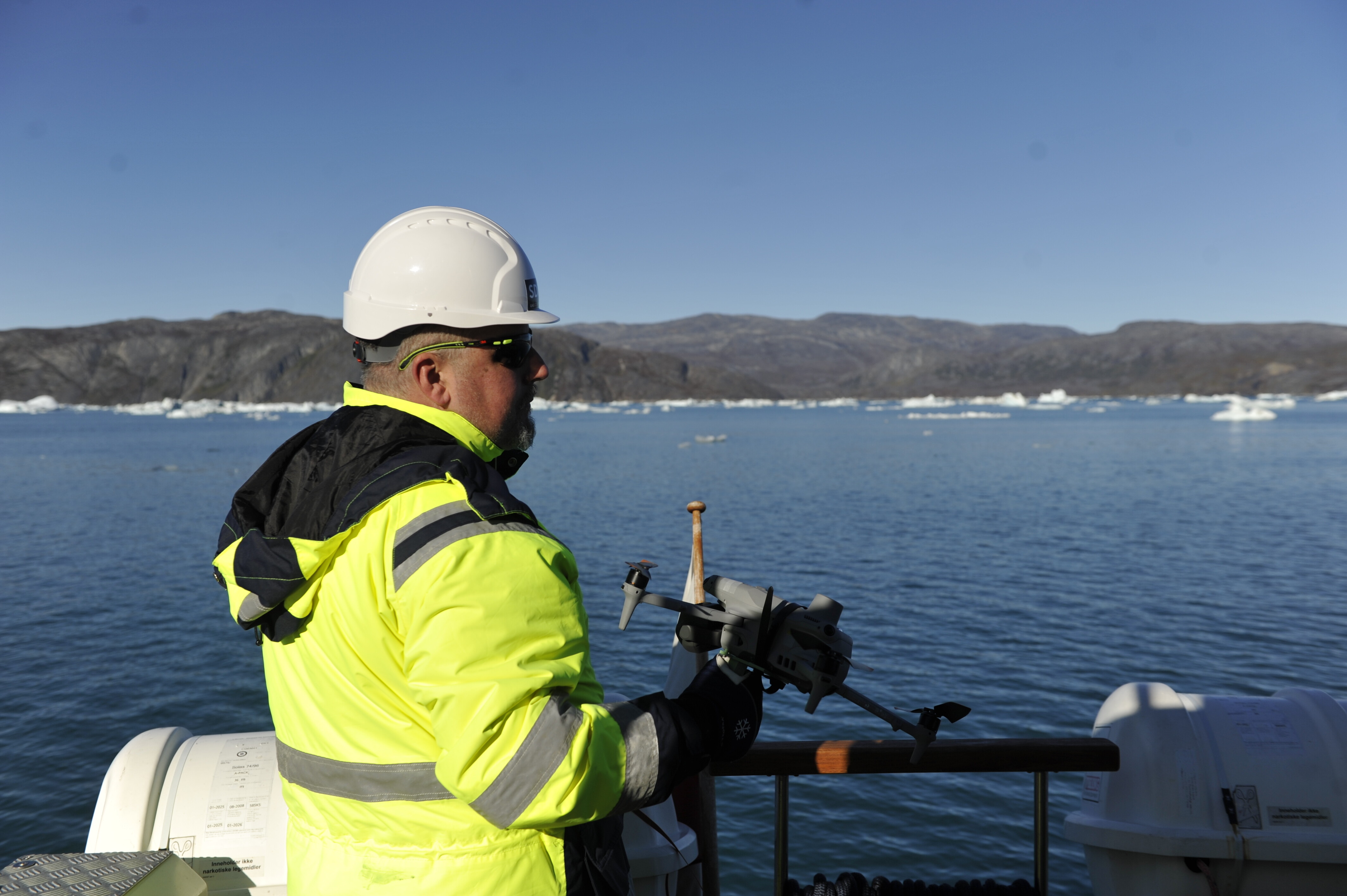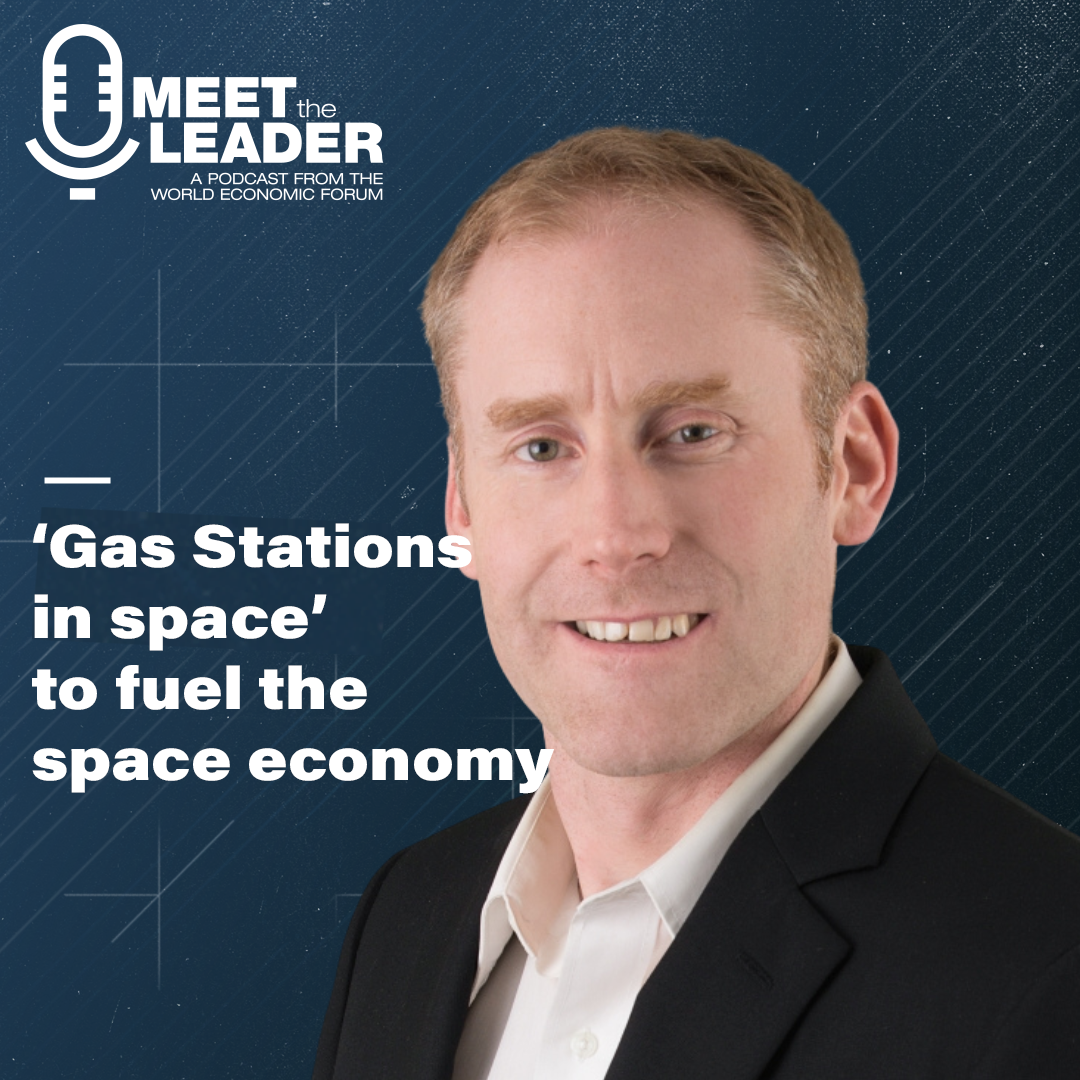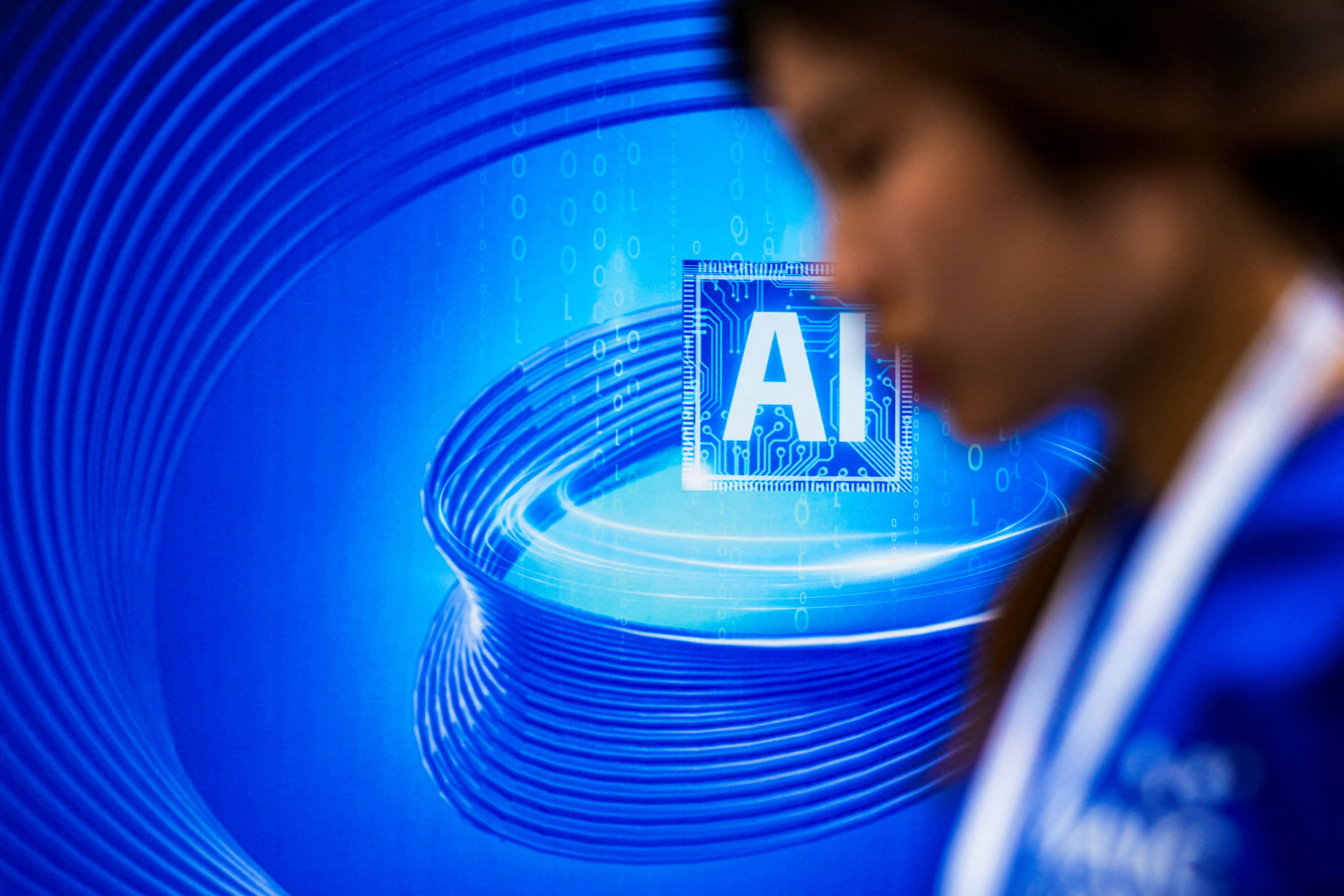Is nuclear technology the key to achieving the SDGs?

This article is published in collaboration with Project Syndicate.
The just-adopted Sustainable Development Goals (SDGs) – which aim to end poverty, protect the planet, and foster prosperity for all by 2030 – are certainly ambitious. If they are to be realized, the world’s poorest countries must gain access to the best that science and technology can offer. Fortunately, the world has a sound model to emulate as it seeks to achieve the SDGs: the deployment of peaceful nuclear technology.
For decades, the International Atomic Energy Agency (IAEA) has been working with the Food and Agriculture Organization of the United Nations to help countries take advantage of nuclear and related technologies to improve food security and advance agricultural development. In parts of China, India, and Pakistan, for example, nuclear technologies have enabled significant reduction of soil erosion. And the Peruvian professor Marino Romero, using radiation-induced mutation and other techniques, developed higher-yielding varieties of barley that now account for over 90% of the barley cultivated in his country.
But applications of nuclear science extend far beyond agriculture. El Salvador is now using nuclear technology to monitor its coastal waters for the presence of marine toxins that could threaten its vital fishing industry.
Such technologies also have critical medical uses. Simple nuclear-derived kits accelerated the detection of the Ebola virus during the recent outbreak in West Africa. On an industrial scale, the use of gamma radiation to sterilize medical equipment and protect food from contamination is increasingly common in developing countries. Mauritania, with IAEA assistance, recently opened its first center for nuclear medicine, which will allow it to provide comprehensive services in diagnosing, treating, and managing cancer and other diseases.
And, of course, there is nuclear energy. Some 25 developing countries are now considering constructing nuclear power plants, in order to address the twin challenges of ensuring reliable energy supplies and curbing greenhouse-gas emissions.
Clearly, the deployment of nuclear science has brought massive benefits to the developing world. But developing countries are not simply passive recipients of technologies created and shared by their developed partners. On the contrary, many developing countries have acquired high levels of expertise, which they are using to innovate for their own benefit and sharing with other developing countries.
For example, India, an experienced user of nuclear power, is at the forefront of technological development in areas such as fast reactors. Malaysia is sharing with Sudan its considerable expertise in non-destructive testing (in which ionizing radiation is used to test the quality of a host of manufactured products, from oil and gas pipes to aircraft components). Vietnam has transferred radiotracer technology, used in the petrochemical and mining industries, to Angola.
The lessons for achieving the SDGs are clear. For starters, experience in the nuclear field highlights the breadth of opportunities for science and technology to add value on a microeconomic level – and thus to support development writ large.
Moreover, developing countries must be allowed to determine their own priorities, and lead the way in pursuing them. Developed countries should support these efforts by transferring expertise and know-how, not simply by supplying the hardware.
This requires a shift in mindset. Developed countries must move beyond the perception of the developing world as a source of cheap labor or a location for low-cost production. Instead, they should treat developing countries as full partners, capable not only of conducting high-tech research and development, but also of contributing equally to joint ventures.
Finally, high-quality technical training is essential. An innovative IAEA e-learning tool, the Virtual University for Cancer Control (VUCCnet), is being developed in Africa to provide expert training online to health professionals, so that they do not have to take costly trips abroad. This is a valuable complement to the education available locally, and can be emulated in other areas.
The ninth SDG highlights the critical importance of science and technology, as it calls on the world – and especially developing countries – to support industrial growth and technological upgrading, encourage innovation, and increase spending on research and development. Achieving this goal will require governments to show sustained political commitment, not only to adopting the right policies and incentives, but also to securing adequate resources. And it will require high-tech companies to pursue partnerships with developing countries, as part of their corporate social responsibility.
But the reality is that all 17 SDGs – from ending hunger and providing clean water and sanitation to conserving ecosystems – depend, to varying degrees, on how effectively we harness science and technology. As the world embarks on this 15-year journey, recognizing this imperative could not be more important.
Publication does not imply endorsement of views by the World Economic Forum.
To keep up with the Agenda subscribe to our weekly newsletter.
Author: Yukiya Amano is Director General of the International Atomic Energy Agency.
Image: People look at the cooling towers of a nuclear plant. REUTERS/Francois Lenoir.
Don't miss any update on this topic
Create a free account and access your personalized content collection with our latest publications and analyses.
License and Republishing
World Economic Forum articles may be republished in accordance with the Creative Commons Attribution-NonCommercial-NoDerivatives 4.0 International Public License, and in accordance with our Terms of Use.
The views expressed in this article are those of the author alone and not the World Economic Forum.
Stay up to date:
Nuclear Security
Related topics:
Forum Stories newsletter
Bringing you weekly curated insights and analysis on the global issues that matter.
More on Emerging TechnologiesSee all
Wesley Spindler, Laura Fisher and Luna Atamian Hahn-Petersen
November 18, 2025







